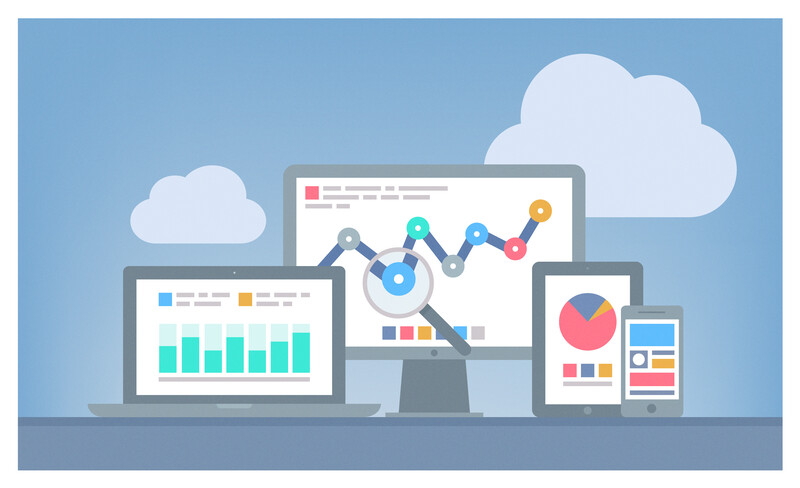Before we jump into server-side tracking for analytics it is important to understand the state of website tracking up to this point. For simplicity, we are going to use Google Analytics as the tracking tool for this discussion. But, the same ideas apply to virtually every analytics and user tracking tool out there.
How site tracking has worked – client-side
Google Analytics tracking code is a bit of javascript that a website adds to the code that is pushed out to the browsers when a page is loaded. Once a page is loaded, several things can happen and all of them are controlled in the browser. This is also referred to as client-side.
The tracking code will often tell the browser to create a cookie that is saved to the user’s device. These cookies contain information about the session and browsing activity. No PII is stored, but behaviors and non-identifiable information can be stored. When the user revisits a site or visits other pages on the site, the javascript will access the cookie, retrieve some information from it, and often combine it with the current page load data, then send it to the server. In this case, Google analytics.
What’s important about this transaction is that the entire process is being controlled by Google Analytics, not the website itself. This is known as a 3rd party cookie.
The javascript sends a unique id (stored in the cookie) and the current page being visited to Google Analytics. In the reporting, this shows up as a “page visit.”
What is changing? 3rd Party Cookies Being Blocked.
Because of security concerns, browser developers (Apple with Safari, Google with Chrome, and others) have either already or are in the process of restricting 3rd party cookies. While the well-known and reputable players can be trusted to use the 3rd party cookie tech properly, this does expose users to unscrupulous players as well. Within a year or so (the actual dates get changed), we expect the majority of browsers to block third-party cookies completely.
How can Analytics Continue? Server Side Tracking with APIs.
Analytics applications like Google, Facebook, and others have released Server-Side APIs to let site owners send information directly from their servers to the application’s server. This is more complicated to implement than a simple bit of javascript code, but it is the only way to track activity without exposing users to the security risks associated with client-side (browser) tracking technologies.
What to do with Google Analytics now.
There are several steps to take now to be ready for the ultimate shut down of 3rd party cookies.
- Add Google Analytics G4 to your site. It is quite different from Universal, so getting it setup, even with client-side tracking for now, will help you get used to it before it is required. Universal Analytics will not be made to support the API tracking even with Google Tag Manager.
- Meet with your Dev team ASAP and audit what client-side tracking you are doing. In addition to Google Analytics, virtually all ad platforms use js code to track users and report metrics back to their platforms. Getting a full scope of these is critical.
- Plan the priority for migrating from client-side to server-side tracking. If you’re like many organizations, there is more work than resources. You’ll want to be sure the must-haves are on the top of your list.
- Shoot for early implementation on the most critical tools. More the majority of sites, Google Analytics will be high on the list.
While the heavy lifting will have to be done by the dev team, read enough about Google Analytics to understand the scope and options. GA will have the ability to use Google Tag Manager to some extent. Knowing how this can be used for what you need to track can give you more control and alleviate some of the burdens on the dev team.
The technology for tracking is changing. 3rd Party Cookies are being phased out. Start planning for Server-Side tracking technology now to be sure you are not caught off guard in a year or so when browsers like Chrome completely block the 3rd party cookies.

